Real estate market soars, promising brighter future for companies in crisis
Quoc Cuong Gia Lai JSC: escaping a six-year crisis
In 2010, Quoc Cuong Gia Lai’s profit after tax was $11.8 million, a sizeable increase compared to the year before. Right after this pinnacle are years of hardship for the company. Profit had been dropping gradually. In 2016, business activities became more vibrant, with more favourable outcomes. However, the company’s profit was only $2 million.
In 2017, investors interested in Quoc Cuong Gia Lai’s stocks were shocked by this news. Stock prices skyrocketed from $0.18 to $1.32 per share. The changes occurred before information about on the company’s restructured business activities was published, along with chairman’s promise to successfully execute all business plans.
The company’s target is to gain $109.8 million in revenue, increasing by 57 per cent compared to 2016, with profit before tax of $31.6 million. With this current plan, Quoc Cuong Gia Lai aims to set dividend yield at 25 per cent, with 15 per cent in cash and 10 per cent in stocks. Quoc Cuong Gia Lai also proposes an 8.6 per cent cash dividend advance payment plan.
According to news from Quoc Cuong Gia Lai, the company has negotiated terms for two projects with sole distributors. Even though the revenue target was very high, the company has accomplished 90 per cent of its revenue and profit plans set out this year for these two projects. The Phuoc Kien project’s scope is considerable and there are high expectations for its success. However, Quoc Cuong Gia Lai has not mentioned its efficiency in its business plan in 2017.
At the annual general shareholders’ meeting in 2017, the company set the profit before tax target of $87.8 million for the period from 2018 to 2020, with 20-25 per cent cash dividend.
Quoc Cuong Gia Lai has not established a detailed profit strategy, and neither has it figured out how much the Phuoc Kien project can contribute to overall success.
However, Nguyen Quoc Cuong, deputy general director of the company, said that this figure is not high compared to the $878.3 million coming from the company’s ten real estate projects.
The path back to the pinnacle might not be smooth. Previously, Quoc Cuong Gia Lai has mentioned a possible merger and acquisition of Phuoc Kien project several times, but it was not successful. However, the rise of the real estate market in the south was a real push for the company, especially in the front of corporation with business partners, of whom DXG Group’s participation in product distribution was prominent.
Thanks to cooperation with DXG, Quoc Cuong Gia Lai has generated the largest cash flow from product sales. As a result, Quoc Cuong Gia Lai has the financial capability to invest in other on-going projects. This is the domino effect of sequential projects that may create Quoc Cuong Gia Lai’s new stage of growth.
Dat XanhGroup (DXG): Double profit
 |
In the first quarter of 2017, DXG’s net operating profit after tax was $8.3 million. This is a stark increase compared to last year.
As a company operating in real estate, including brokerage services, real estate trading, and investment in real estate construction, DXG has been a direct beneficiary of the rise of the real estate market in recent years, especially in the south.
With more than 1,500 salespersons and 2,000 coordinators, DXG is currently dominating the distribution market with a 17.4 per cent market share, including a 14.8 per cent share in the medium-range category.
The current trend in the global market is that companies which own distribution networks have started investing in manufacturing. DXG, in the same manner, also wishes to become a true real estate investor, including actual real estate construction. Statistics from the company suggest that DXG’s current and future investment projects can take up to 700,000 square metres of land, with the total estimated investment of $1.04 billion. This number does not include projects where DXG acts as a secondary investor (taking over a project or parts of a project from main investors and handling distribution).
Ha Duc Hieu, CFO of DXG, has told an interesting story: the stark growth of the real estate market, especially in the newer districts of Ho Chi Minh City, has consequently led to a stark increase in housing prices at many of the company’s projects.
DXG bought one project from an investor and the housing price stated in its business strategy was $791-813 per square metre. This is a feasible strategy with promising profits. However, after the first stages of preparing investment and sale, land prices have skyrocketed.
“Thanks to constant feedback from our sales team, the company has adjusted the investment rate by $44 per sq.m, and adjusted sale price to $1,230 per sq.m. Nevertheless, there were still not enough final products for sale.” It is considered a market risk that many companies would love to take.
In the second quarter of 2017, even though there were no exact performance figures, it is expected that DXG can gain up to $2.2 million in profit after tax. Investors might not be very pleased because the performance figures for the first six months are much lower than the target of $30.74 million in profit after tax in 2017.
Phat Dat Real Estate Development Corporation (PDR): Turning banks from “hostages” to service providers
PDR is probably the business that benefits the most from the recovery of the real estate market in the south. Since the end of 2016 and especially during the first quarter of 2017, revenue, profit, and other financial activities have made several breakthroughs.
For several years, there has been inventory capitalisation for loan interest costs along with low liquidity. If there were no market advance in two factors—liquidity and price increases—PDR will find it very hard to finish its on-going projects and pay off bank loans.
Changes in the market have created novel opportunities for PDR. In the middle of May 2017, according to Dispatch No.157/2017/PD-TC about the successful assignment of The EverRich 3 high rise building project, PDR could pay off its debts of $15.3 million to DongA Bank.
Not only has PDR managed to pay off its huge debts, the company also motivated shareholders with a new business plan for 2017, promising a growth rate of 38.6 per cent. Specifically, the new project states that revenue would reach $87.8 million, accompanied by $18.4 million in profit before tax and $14.8 million in profit after tax.
By the end of May 2017, PDR once again shocked the shareholders by substantially increasing its expected revenue and profit figures for 2017 in its business plan, despite having already published a business plan. Expected revenue is $143.3 million and expected profit before tax is $23 million.
PDR’s share price has increased to $1.3 per share, with dividend yield of 10 per cent. At this rate, stockholders who bought and kept PDR’s shares will gain tremendous profits. With this increase in price, there have been stock companies that have decreased the lending rate of PDR stock margin trading to zero per cent. Growth is not certain as there is no actual financial data to back it up yet.
The growth of the real estate market has helped PDR to overcome the crisis. The future of PDR’s stock price depends on its ability to generate revenues.
What the stars mean:
★ Poor ★ ★ Promising ★★★ Good ★★★★ Very good ★★★★★ Exceptional
Latest News
More News
- Nam Long Group maintains top ten position in real estate investment ranking (April 03, 2024 | 08:00)
- Hospitality and real estate sectors strive for sustainable growth (March 29, 2024 | 16:12)
- Gamuda Land starts construction of Eaton Park (March 28, 2024 | 16:40)
- New land law could entice Viet Kieu home (March 27, 2024 | 18:00)
- Binh Duong to capitalise on rising real estate interest (March 27, 2024 | 15:41)
- SPX inks agreement with Frasers Property (March 26, 2024 | 12:33)
- Developers hunt for land availability (March 20, 2024 | 10:06)
- Social housing needed to boost capital in real estate (March 19, 2024 | 10:38)
- Real estate businesses seek to unlock capital resources (March 19, 2024 | 10:22)
- Tycoons from Thailand enter real estate fray (March 18, 2024 | 18:00)



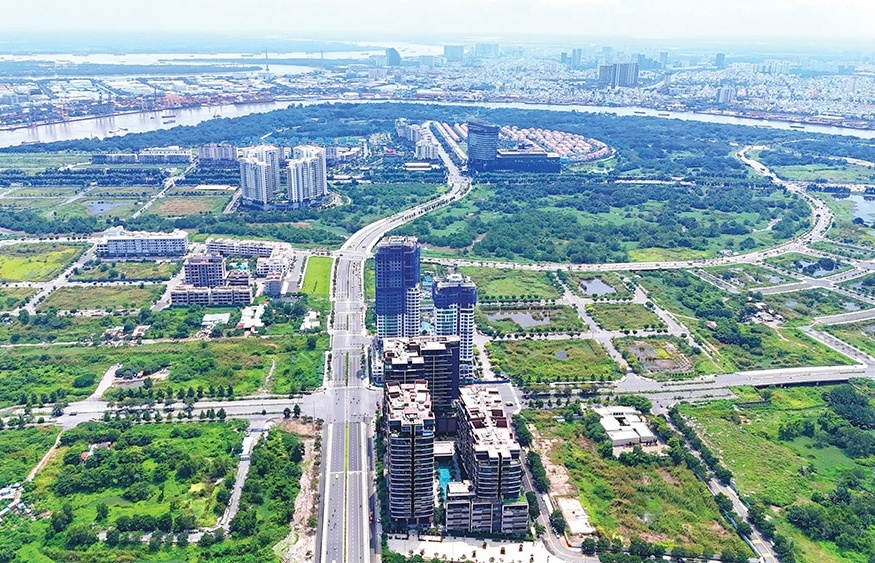
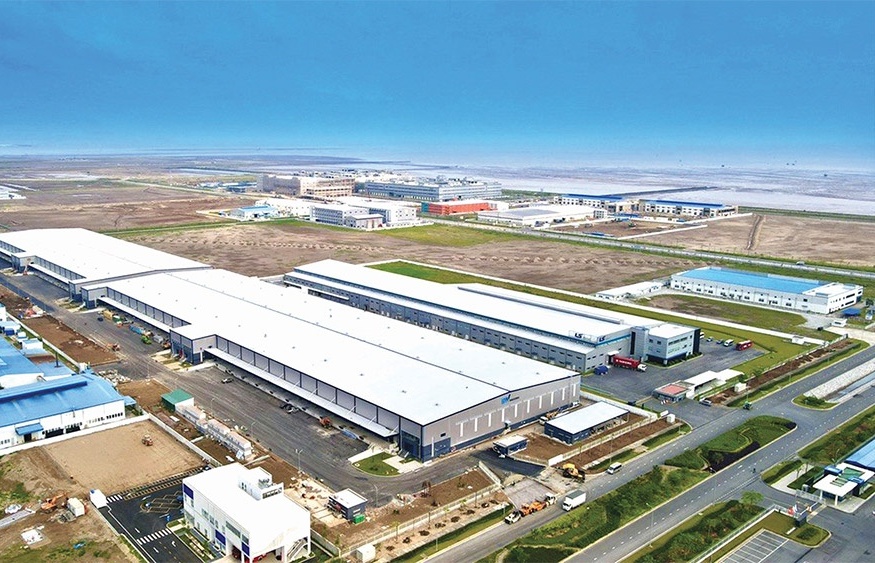
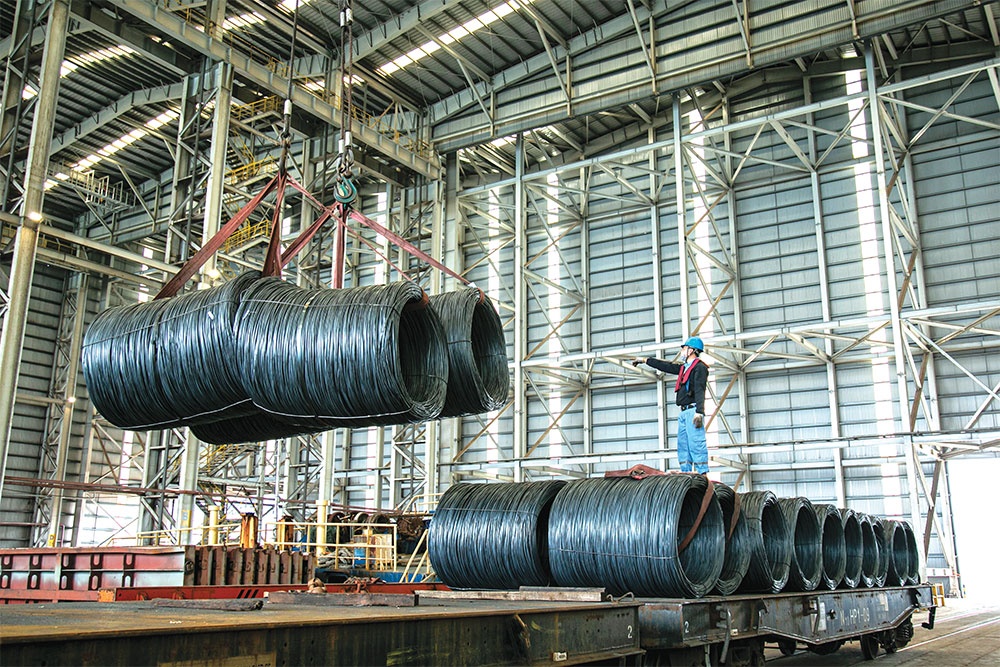
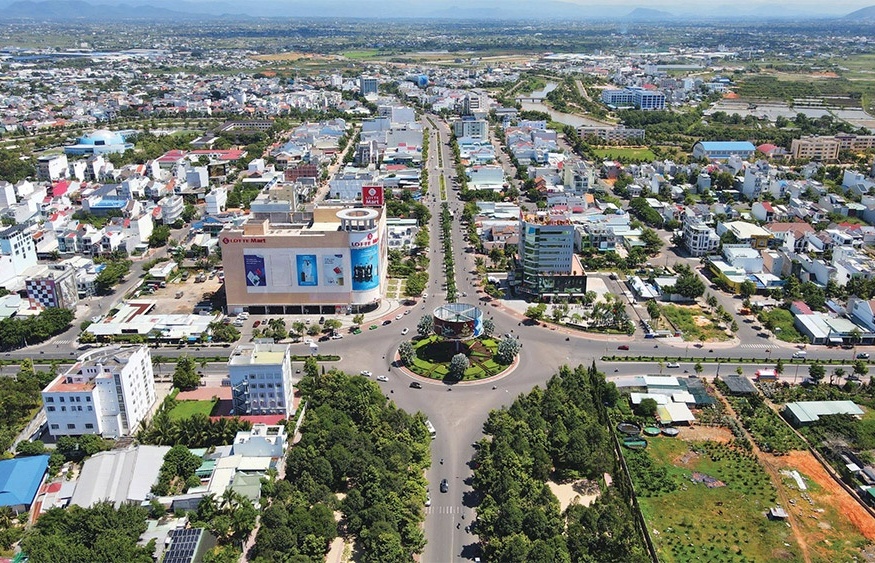
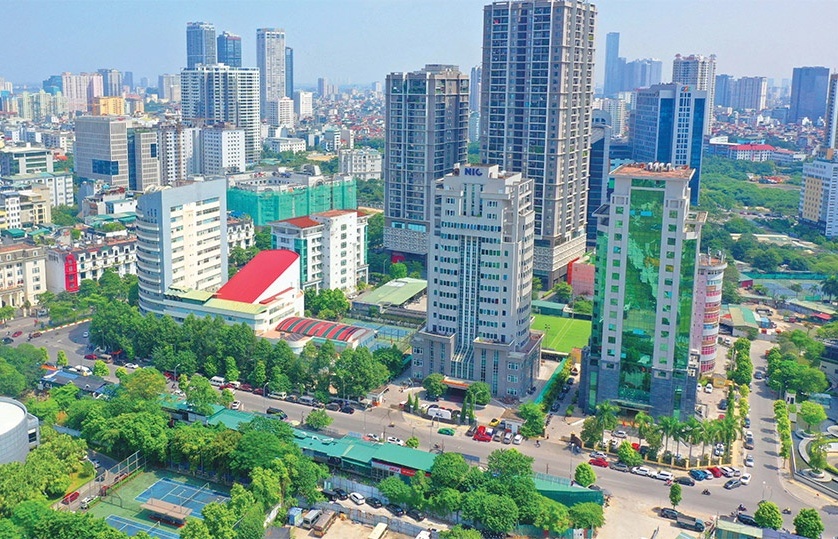
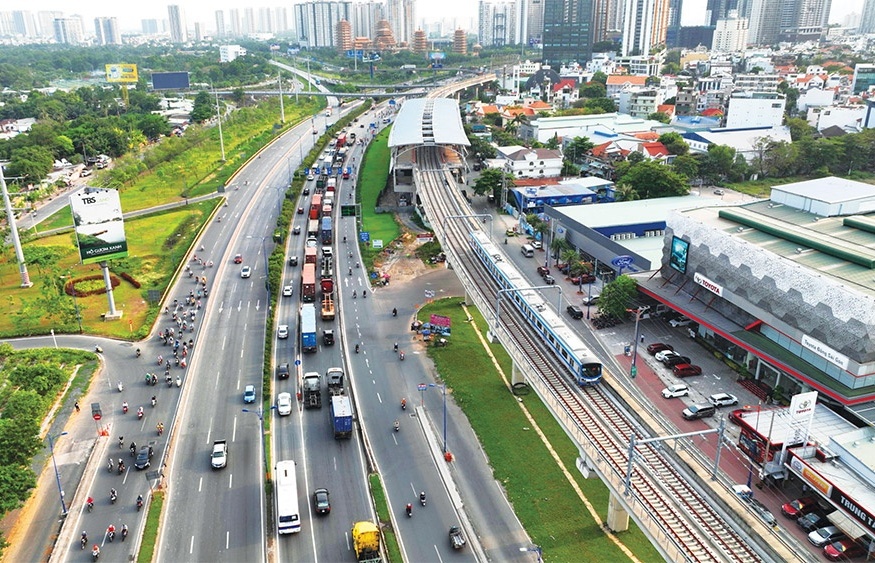

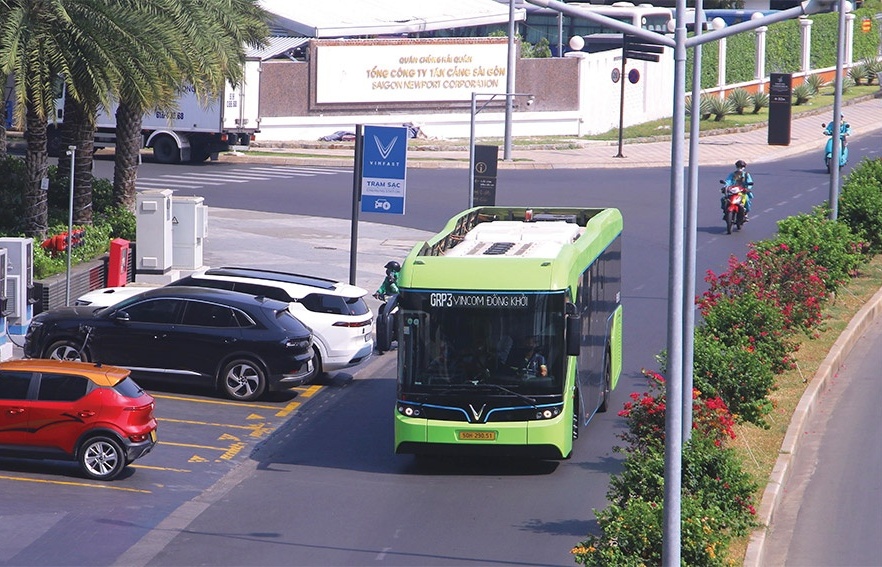


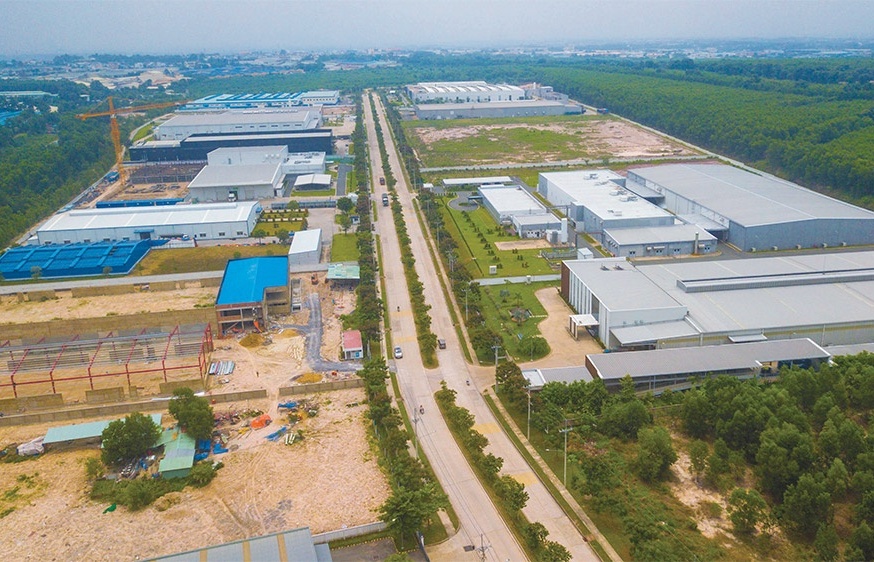



 Mobile Version
Mobile Version